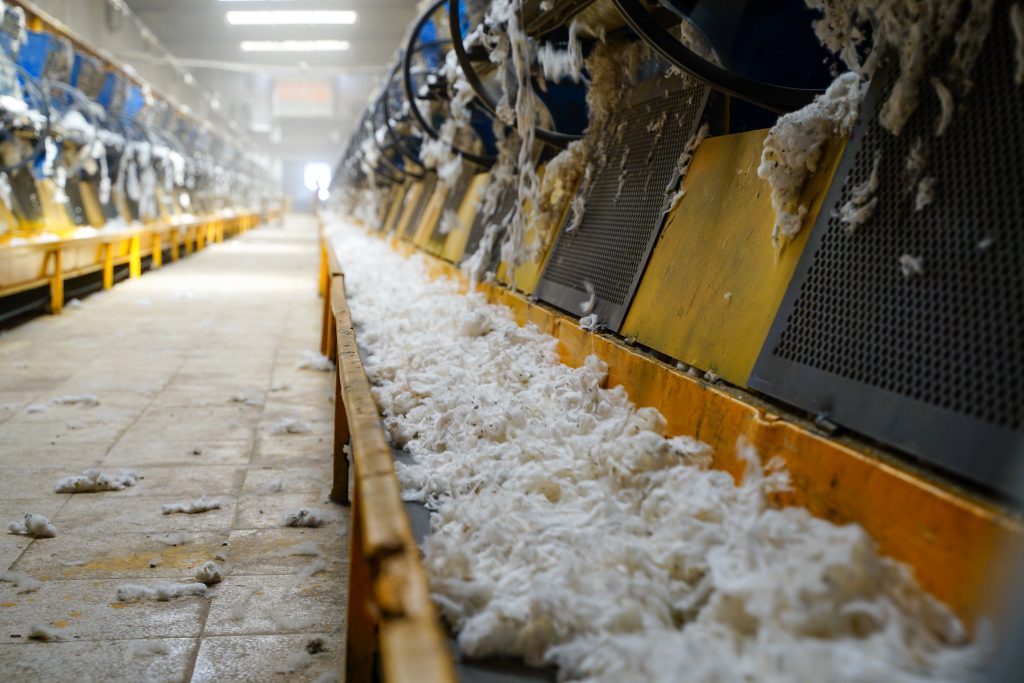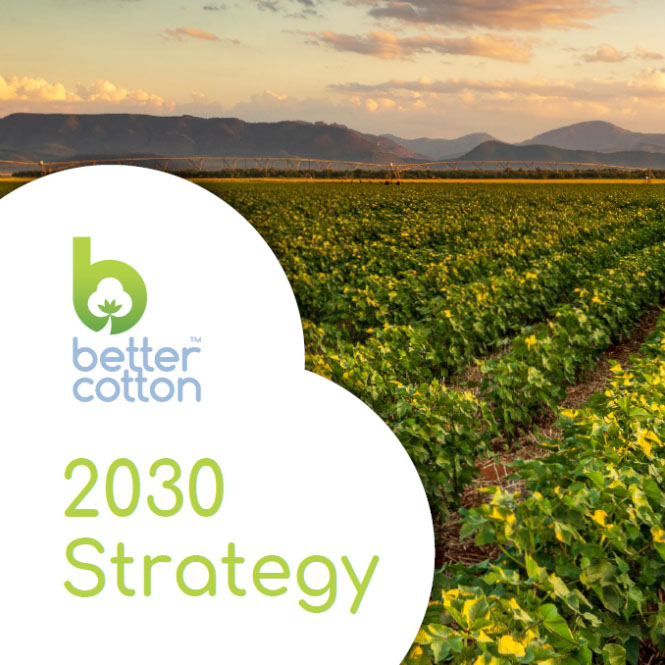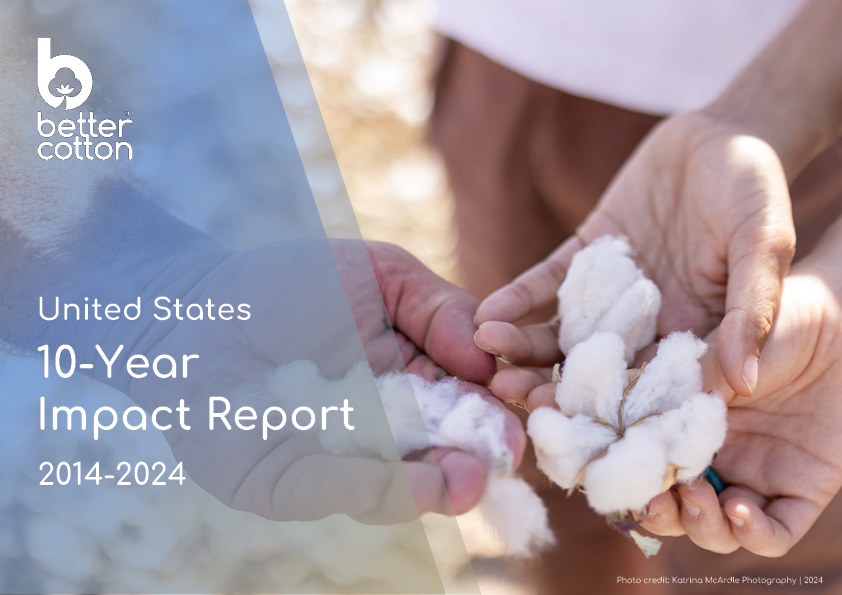By sourcing Better Cotton and cotton-containing products as Better Cotton, organisations create the demand for more sustainably grown cotton, creating further incentives for cotton farmers to adopt more sustainable farming practices and secure a better future for cotton.

What is Better Cotton’s Chain of Custody?
In its Chain of Custody Models and Definitions guide, ISEAL defines a chain of custody as: ‘The custodial sequence that occurs as ownership or control of the material supply is transferred from one custodian to another in the supply chain’.
From the farmers who grow Better Cotton to the companies that source it, the Better Cotton Chain of Custody (CoC) is the documentation and evidence of Better Cotton as it moves through the supply chain, connecting Better Cotton supply with demand.
The auditable CoC requirements for organisations buying and selling Better Cotton within the supply chain are set in the Better Cotton CoC Standard v1.0.
The auditable requirements for Retailer and Brand Members are set in the Better Cotton CoC Standard v1.1, effective now. This version introduces requirements for Retailer and Brand Members for the first time, offering them the opportunity to become certified in order to use the Better Cotton Label on eligible products.
Supply chain organisations (not including Retailer and Brand Members) will be audited against v1.1 from January 2026.
The CoC Standard allows organisations to implement one or a combination of four different CoC Models, enabling the sourcing of two types of Better Cotton – Mass Balance and Physical Better Cotton.
Useful Resources
The Chain of Custody Standard v1.1 is only relevant for Retailer and Brand Members who intend to get certified currently. It will be applicable to all supply chain organisation from 2026.
The Better Cotton Chain of Custody (CoC) Standard v1.0 is a revised version of its CoC Guidelines, published in May 2023. All Better Cotton organisations have until May 2025 to adhere to the CoC Standard, no matter which CoC models they are implementing.
More information and guidance on how to transition to the CoC Standard can be found from this page.
The CoC Standard is currently available in English, Uzbek and Mandarin below.
- Better Cotton Chain of Custody Standard v1.0
- Better Cotton Chain of Custody Standard v1.0 (Uzbek)
- Better Cotton Chain of Custody Standard v1.0 (Chinese)
- Better Cotton Chain of Custody: Comparison of CoC Guidelines v1.4 with CoC Standard v1.0
- FAQs on the Chain of Custody Guidelines V1.4
- Better Cotton Chain of Custody Public Consultation: Summary of Feedback
If you are a Better Cotton Supplier looking for further guidance on how to complete the transitioning process and implement the CoC Standard, please use the following documents:
The following document details the audit process for the Better Cotton Chain of Custody Standard, outlining the expectations for both certification bodies and organisations undergoing audit.
The following document defines key terms used within the Better Cotton Chain of Custody and applies to all related documents, including CoC Standard v1.0, v1.1, and the Monitoring and Certification Procedures.


